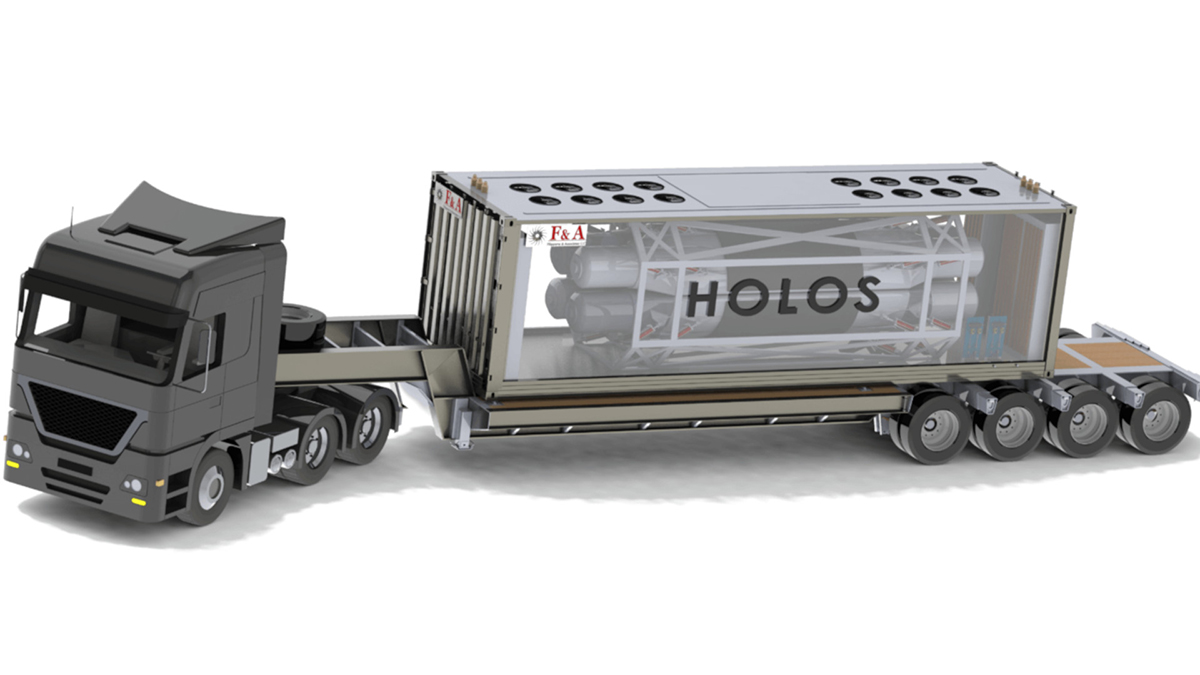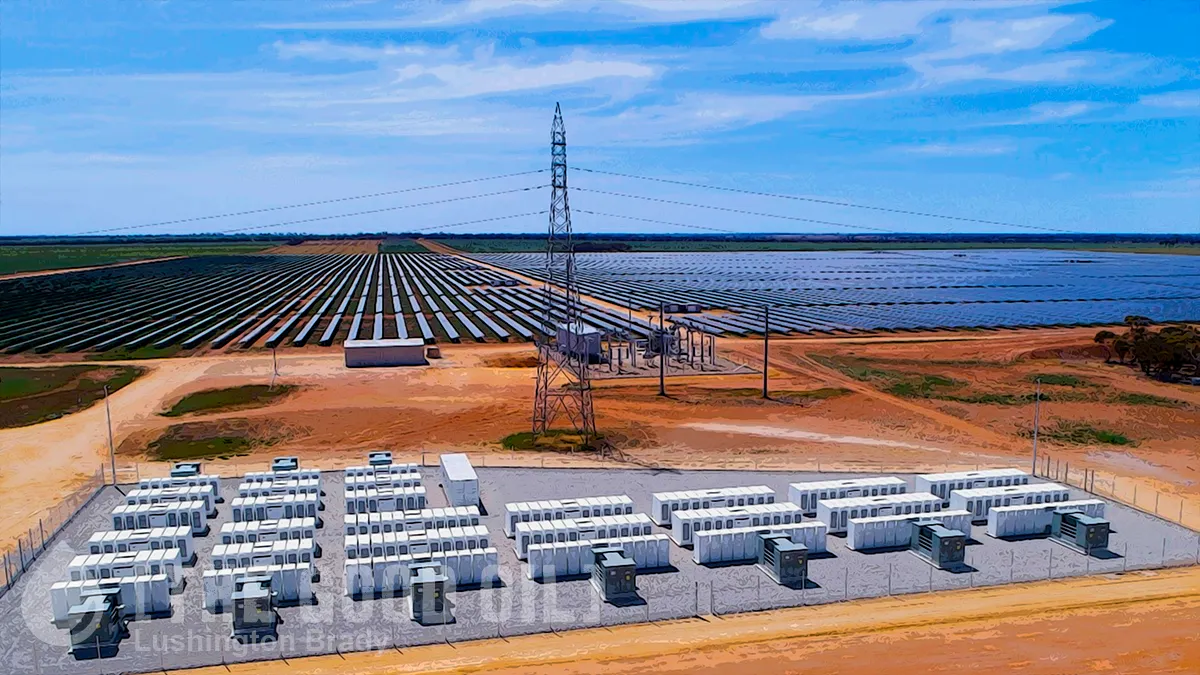One of the biggest lies in an impressive field of contenders from the Krazy Klimate Kult is that we have the means at hand to seamlessly replace fossil fuels. Anyone with half a notion of the realities of the energy requirements of even a half-way modern society can do the maths in an instant and show that that’s complete and utter bullshit.
“Renewables” are ruinously expensive. They’re devastatingly intermittent. And they most certainly have nowhere near the capacity to replace fossil fuels any time in the foreseeable future. Ask anyone from Texas or California how renewables are working out for them. Then there’s the horrific environmental footprint of solar panels and wind turbines.
Still, there’s no doubt that we’ll leave behind fossil fuels, some day. Just as we left behind horses and carts, and for the same reasons. Not because governments and activists forced us to, but because a better technology came along.
Whatever that technology will be, it’s not here yet, but there are some prime contenders. Right now, nuclear is our best option. Despite headline-grabbing disasters like Chernobyl, nuclear has an undeniable track record, being by far the safest energy technology we have, bar none.
Another touted technology is hydrogen. But there’s a big sticking-point with hydrogen: it takes a lot of energy to produce hydrogen.
Enter, once again, nuclear.
The future of nuclear energy is clearly small modular nuclear plants. New generation SMRs are much cheaper and safer than the old-school plants and their iconic cooling towers. The US military is developing SMRs that will fit on a truck.

SMRs can also be used to catalyse hydrogen. SMR startup NuScale Power reports that:
The updated analysis found that with the 25 percent increase in power output of a [NuScale Power Module™ (NPM)], one 250 MWt NuScale module is capable of producing 2,053 kg/hour of hydrogen, or nearly 50 metric tons per day, an increase from 1,667 kg/hour of hydrogen or 40 metric tons per day for a 200 MWt NuScale module.
NuScale says these numbers mean that correctly deployed nuclear modules could compete with existing solutions like solar hydrogen plants, helping to eliminate the need for fossil fuel hydrogen.
At the moment, hydrogen is mostly just another greenwashing boondoggle. Like EV smugmobiles, hydrogen is currently a “clean” technology ultimately powered by an awful lot of “dirty” fossil fuel, or hideously expensive solar energy.
Hydrogen is a hypothetically renewable energy source that’s currently mired in the fossil fuel supply chain. That’s because almost no “free” (in the literal, chemical sense) hydrogen exists in nature—it all has to be shaken loose from water, for example, or hydrocarbons.
This has led critics to say hydrogen is basically a fossil fuel for now, and they’re not wrong. But innovators are crowding into the hydrogen space to try to make easier, cleaner, more plentiful hydrogen that will cost less for consumers and the planet.
Nuclear appears to be one of the leading contenders.
One of the key ways the nuclear industry says they’re essential to our energy future is in something called process heat, used for things like home HVAC and forging and smelting. Now, process heat from NuScale’s module is heating water and then zapping the hydrogen out of the superheated steam.
In NuScale’s release about the evaluation, the company touts the flexibility it says its module brings. This has been a big selling point for tiny nuclear across the board, along with improved containment and safety outcomes, because of advanced design in these reactor units.
But what’s the real use case for using part of a small reactor’s output to make hydrogen? Couldn’t traditional, large nuclear plants do the same things?
Well, sure, but NuScale has never claimed to improve over the best markets for traditional, large, nuclear fission power plants. In big cities or populated areas, that could still be the best option, combined with growing renewables like solar, wind, and hydro. Small, remote locations, however, could be keen to have hydrogen for refueling, but lack access to a large nuclear infrastructure.
Popular Mechanics
Hydrogen fuel cells may well be a better option for vehicles, rather than EVs which are utterly dependent on the massively polluting lithium-ion batteries.
It seems most likely that the future of energy – whatever it may be – will not be one, big technology, like coal and oil. Instead, the future of energy seems likely to be a mix of technologies. Solar and wind, the two big fetishes of the Klimate Kultists, will almost certainly be relegated to niche suppliers. The hard grunt-work of keeping our cities and factories, and cars, running will come from elsewhere.
Right now, nuclear is the best contender, with hydrogen running piggy-back.
Please share this article so that others can discover The BFD










